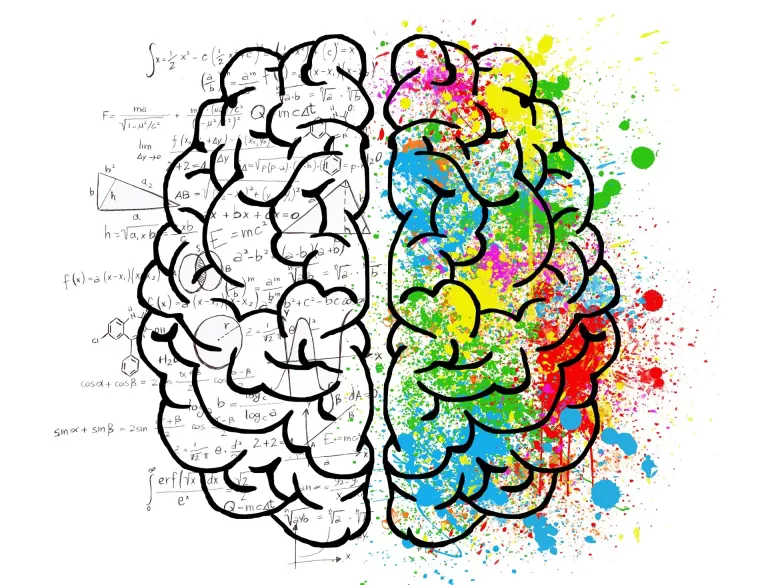Adolescence is a period of life that involves many physical, psychological, and social changes. It is also a time when the brain undergoes significant development and refinement. In this blog post, we will explore some of the major changes that happen in the brain during adolescence and how they affect behavior, problem-solving, and decision-making.
The growth of the brain
The brain reaches its largest size in the early teen years, but it does not stop growing or maturing then. In fact, the brain continues to develop well into the 20s and even beyond. One of the most important processes that occurs in the brain during adolescence is myelination, which is the formation of a fatty layer around the nerve cells that helps them communicate faster and more efficiently. Myelination happens throughout the brain, but especially in the prefrontal cortex, which is involved in planning, reasoning, impulse control, and other higher cognitive functions.
Another process that shapes the brain during adolescence is synaptic pruning, which is the elimination of excess connections between brain cells that are not used or needed. Synaptic pruning helps to streamline and optimize the brain pathways for information processing. Synaptic pruning also occurs mainly in the prefrontal cortex, as well as in other regions of the brain that are responsible for learning, memory, and emotion regulation.
The function of the brain
The changes in the brain structure during adolescence have significant implications for the function of the brain and behavior. For example, the prefrontal cortex, which is still developing and maturing, is not fully able to regulate the impulses and emotions that are generated by other parts of the brain, such as the limbic system, which is involved in reward, motivation, and emotion. The limbic system is more active and sensitive during adolescence than in other stages of life, making adolescents more prone to seek novelty, excitement, and social approval.
This mismatch between the prefrontal cortex and the limbic system can lead to some of the typical challenges and risks that adolescents face, such as poor judgment, impulsivity, peer pressure, substance use, and mood swings. However, it can also provide opportunities for learning, exploration, creativity, and social bonding. Adolescents are not just driven by hormones or emotions; they are also capable of rational thinking and decision-making, especially when they are given guidance, support, and feedback from adults and peers.
The plasticity of the brain
One of the most remarkable features of the brain during adolescence is its plasticity, which is its ability to change and adapt in response to experience. The brain is more plastic during adolescence than in any other stage of life except infancy, meaning that it is more sensitive and responsive to environmental influences, such as education, culture, relationships, stress, and trauma. This means that adolescence is a critical window of opportunity for shaping the brain and its future potential.
The plasticity of the brain during adolescence also means that adolescents can learn new skills and habits more easily than adults. For example, adolescents can acquire languages, musical instruments, sports, or artistic abilities with less effort and more proficiency than adults. They can also modify their behavior and attitudes more readily than adults when they receive positive reinforcement or constructive criticism. However, plasticity also comes with a downside: adolescents can develop maladaptive patterns or disorders more easily than adults when they are exposed to negative or harmful influences, such as violence, abuse, neglect, or addiction.
The conclusion
The brain changes during adolescence are complex and dynamic. They involve both growth and pruning of brain cells and connections that affect how adolescents think, feel, and act. The changes in the brain during adolescence are influenced by both biological factors (such as genes and hormones) and environmental factors (such as family and peers). The changes in the brain during adolescence have both advantages and disadvantages for adolescents’ development and well-being. The changes in the brain during adolescence are not deterministic or fixed; they are flexible and modifiable by experience and intervention.
The understanding of how the brain changes during adolescence can help us to appreciate the uniqueness and diversity of adolescents as individuals and as a group. It can also help us to support them in their journey towards adulthood by providing them with opportunities for learning, growth, challenge, and connection.
Further Resources:
- Teen Brain: Behavior, Problem Solving, and Decision Making – AACAP
- How does the brain change during adolescence? – Sainsbury Wellcome
- Brain Changes during Adolescence – Adolescent Psychology
- Brain Development During Adolescence | Lifespan Development
- Changes in the Brain and Behavior During Adolescence

Read: Biggest myths of the teenage brain – BBC article HERE









Leave a Comment